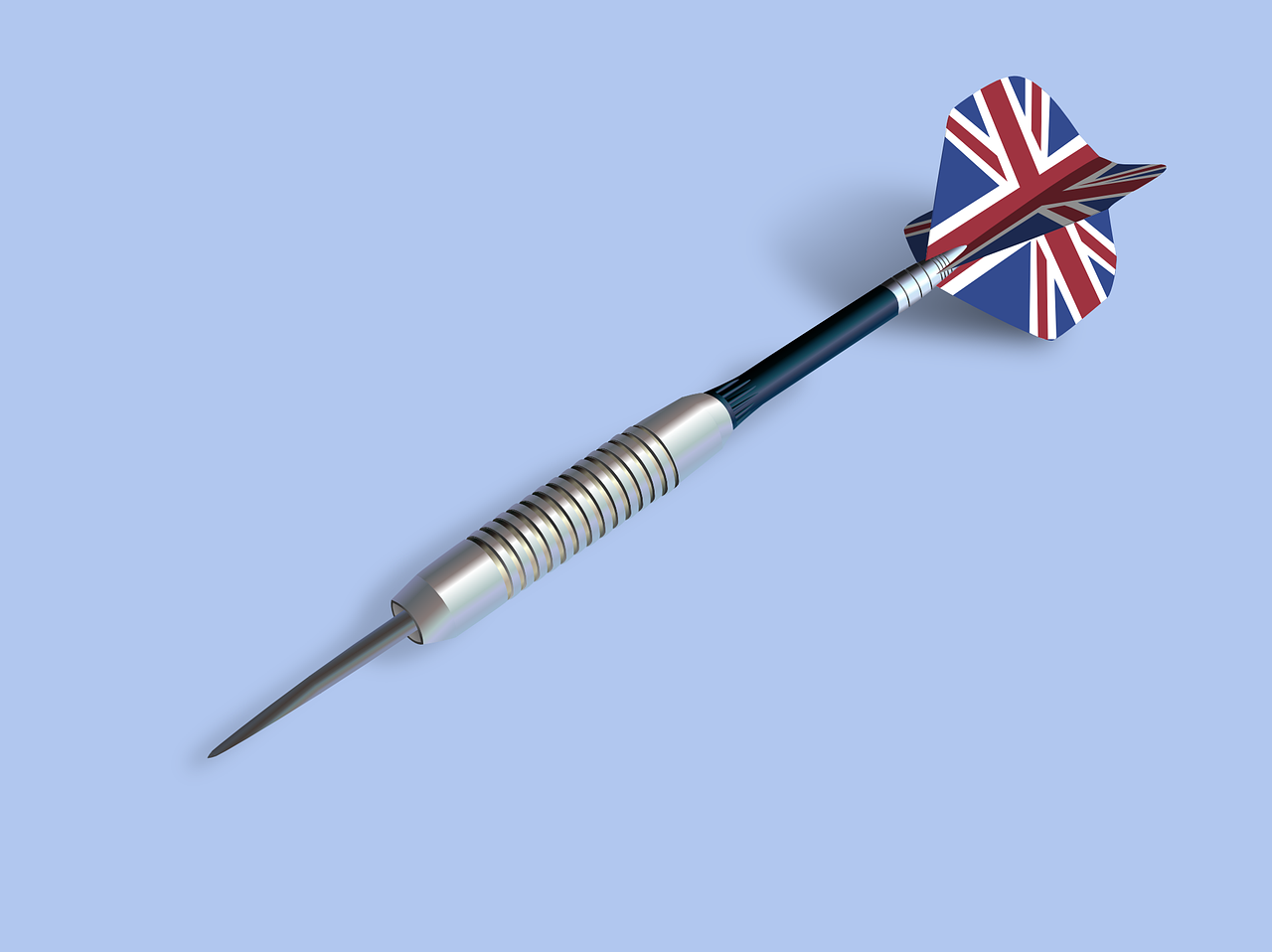Operating a knuckle boom, also known as an articulating crane or a loader crane, requires skill, caution, and adherence to safety protocols. These versatile machines are commonly used in various industries, including construction, forestry, and shipping, for lifting and moving heavy loads. However, the complexity of their design and the nature of the tasks they perform make safety a paramount concern. To ensure the well-being of operators and those working nearby, here are five essential safety tips for operating a knuckle boom:
1. Proper Training and Certification
Before operating a knuckle boom, it is crucial to undergo comprehensive training provided by certified instructors. Training programs should cover not only the operation of the crane but also safety procedures, load calculations, maintenance requirements, and emergency protocols. Operators must be familiar with the manufacturer’s instructions and guidelines specific to the model they are using. Additionally, obtaining proper certification ensures that operators have the necessary skills and knowledge to operate the crane safely and efficiently.
2. Conduct Pre-Operation Inspections
Before each use, conduct a thorough inspection of the knuckle boom to ensure that all components are in proper working condition. Check for any signs of damage, such as leaks, cracks, or worn-out parts. Inspect the hydraulic system, controls, boom, cables, and safety devices. Verify that all safety features, such as overload protection systems and emergency stop buttons, are functional. Address any issues promptly and refrain from operating the crane if any safety concerns are identified.
3. Assess the Work Environment
Before lifting any loads, assess the work environment for potential hazards. Identify obstacles, overhead power lines, uneven terrain, and other obstructions that may interfere with the operation of the knuckle boom. Ensure that the ground is stable and capable of supporting the weight of the crane and the load. Keep a safe distance from electrical hazards and other dangerous areas. If working in confined spaces, take extra precautions to prevent accidents or entrapment.
4. Use Proper Rigging Techniques
Proper rigging is essential for safe lifting operations. Select the appropriate slings, chains, or hooks based on the type and weight of the load being lifted. Inspect rigging equipment for damage or wear before use. Secure the load properly to prevent it from shifting or falling during lifting operations. Avoid overloading the crane beyond its rated capacity, and use load charts to determine safe lifting parameters. Communicate effectively with ground personnel to ensure safe and precise positioning of the load.
5. Practice Safe Operating Procedures
Follow established safety procedures and guidelines while operating the knuckle boom. Maintain a clear line of sight and be aware of your surroundings at all times. Operate the crane at a controlled speed, avoiding sudden movements or jerks that could destabilise the load. Use caution when extending or retracting the boom, especially in confined spaces or overhead environments. Communicate with spotters or signalers using standardised hand signals or radio communication. Never leave the crane unattended while it is in operation, and always lower the boom to a secure position when not in use.
Conclusion
Operating a knuckle boom requires a combination of skill, training, and strict adherence to safety protocols. By following these essential safety tips, operators can minimise the risk of accidents and injuries, ensuring a safe and productive work environment for everyone involved. Remember, safety should always be the top priority when operating heavy machinery like a knuckle boom.





